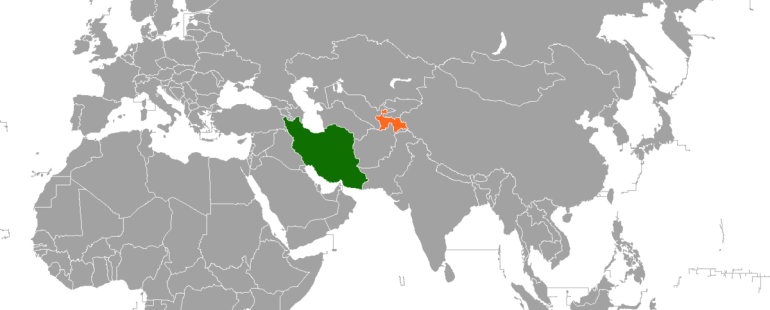
International Transport to Tajikistan via Iran: A Comprehensive Overview
Introduction
Tajikistan, a landlocked country in Central Asia, is known for its majestic mountains, rich culture, and strategic location. It shares borders with Uzbekistan, Kyrgyzstan, Afghanistan, and China. However, due to its landlocked nature, international transport plays a crucial role in its economy, connectivity, and trade. This article examines the logistics, routes, and importance of international transport to Tajikistan via Iran, highlighting key factors such as infrastructure, trade agreements, and future potential.
Geography and Strategic Importance
Tajikistan lies at the crossroads of crucial trade routes that connect Central Asia with the Middle East and beyond. Iran, its southern neighbor, serves as an important conduit for international trade. The geographical proximity enables Tajikistan to tap into the rich markets of Iran, facilitating the movement of goods and services.
Key Transport Corridors
The primary transport corridor connecting Tajikistan and Iran involves road and rail networks:
- Road Transport: The primary highway linking Tajikistan and Iran is the Dushanbe–Tajikabad–Khatlon route. This road provides direct access to the Iranian border, facilitating the transport of goods.
- Rail Transport: Although rail connectivity is relatively limited, improvements continue to enhance trade. The Iran-Tajikistan rail services use existing networks to facilitate cargo transport, connecting to larger regional networks.
- Customs Points: Border crossings like the Qatghan border crossing have been developed to streamline customs processes, reducing transit times for freight.
Trade Relations Between Tajikistan and Iran
Over the years, Tajikistan and Iran have strived to strengthen their economic ties. This includes:
- Bilateral Trade Agreements: Various agreements aim to increase trade volume, covering sectors such as agriculture, textiles, and energy.
- Joint Ventures: Several Iranian companies have invested in Tajikistan, especially in sectors like construction, energy, and telecommunications, further deepening the trade relationship.
- Cultural Ties: Shared linguistic and cultural heritage fosters goodwill and enhances cooperation in trade.
Challenges in Transport
Despite the existing frameworks supporting international transport, several challenges inhibit smoother operations:
- Infrastructure Limitations: Many roads and railways require modernization and expansion to accommodate increasing trade volumes.
- Geopolitical Instability: Regional instability can disrupt transport and trade routes, causing delays and increased costs.
- Customs and Bureaucracy: Lengthy customs procedures and bureaucratic red tape can impede the flow of goods across borders.
- Economic Factors: Fluctuations in currency and economic instability can impact trade viability, influencing the cost of goods and services.
Logistics and Supply Chain Management
Effective logistics management is vital for international transport operations. Companies involved in trade between Iran and Tajikistan face several logistical considerations:
- Warehousing and Distribution Centers: The establishment of warehousing facilities near border areas can significantly enhance efficiency in supply chain management.
- Transport Providers: Collaborations with reliable transport companies are crucial for ensuring timely deliveries. International freight forwarders play an essential role in navigating customs and providing logistical support.
- Last-Mile Delivery: Ensuring effective last-mile delivery in Tajikistan is critical. Companies must consider local transport services to finalize distribution to end-users.
Future Potential
The potential for international transport to Tajikistan via Iran is vast, especially given current trends in regional integration:
- Economic Zones: Initiatives like the establishment of free economic zones in bordering regions can incentivize trade.
- Infrastructure Development: Investments in infrastructure, such as road upgrades, logistics hubs, and railway enhancements, can drastically improve transport efficiency.
- Increased Connectivity: Participating in initiatives like the China- Pakistan Economic Corridor (CPEC) may offer Tajikistan improved access to international markets through Iran.
- Sustainability Initiatives: As global awareness of sustainability rises, the development of eco-friendly logistics and transport solutions will appeal to an environmentally conscious market.
Conclusion
The international transport of goods to Tajikistan via Iran is integral to the economic development of both nations. Despite challenges posed by infrastructure limitations and geopolitical factors, ongoing investments, trade agreements, and logistics advancements offer significant growth opportunities. By enhancing connectivity and fostering strong trade relations, Tajikistan can leverage its strategic position in Central Asia, promoting regional integration and sustainable economic growth. The future of international transport through Iran appears promising, with the potential to boost bilateral trade and facilitate the exchange of goods, services, and cultures.

Comments (No Responses )
No comments yet.